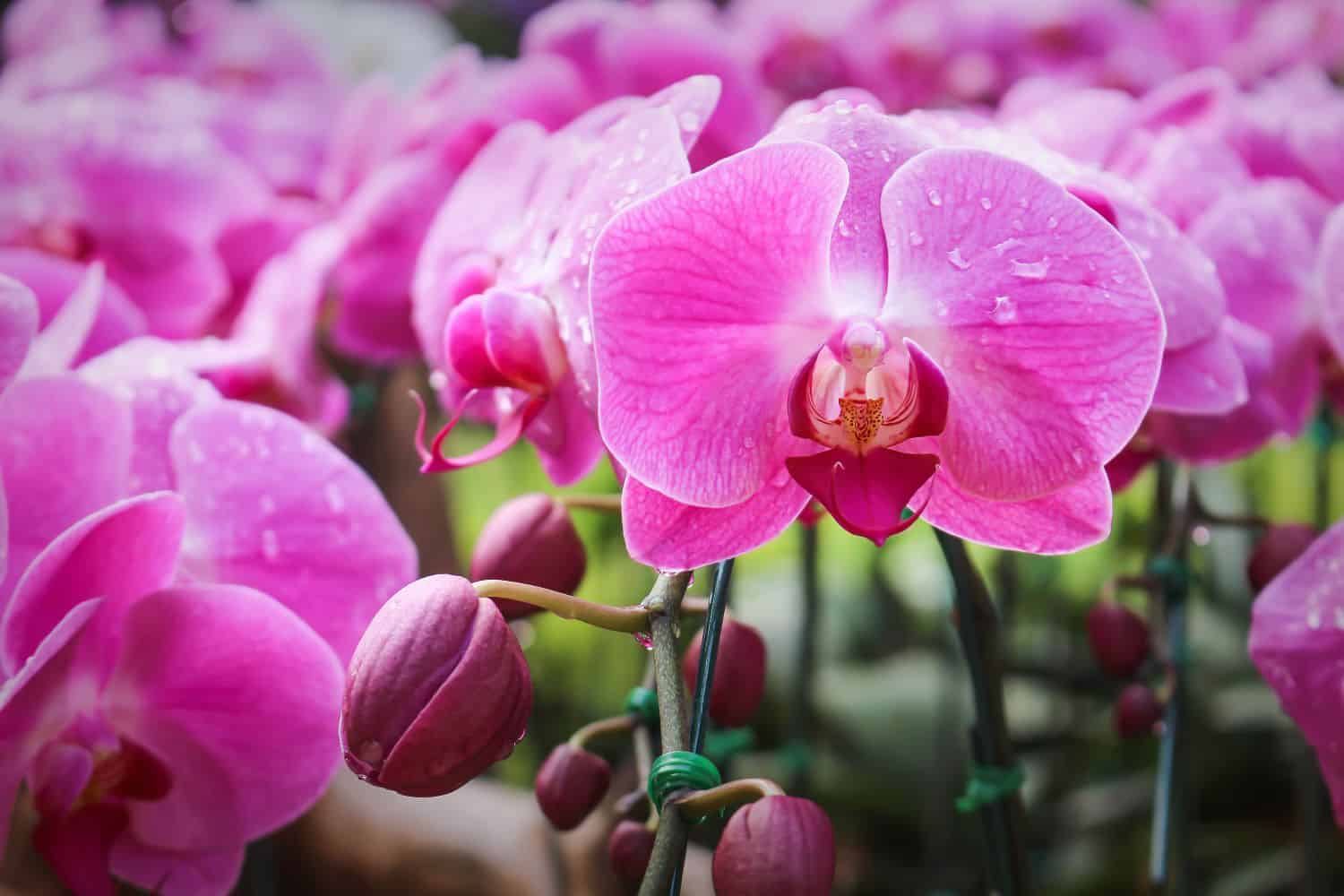
Growing orchid plants is not difficult. In fact, all it takes is a few simple tips to become a successful grower of orchid plants.
Orchids are the largest flowering plant family, with over 25,000 recognized species. Most people associate orchids with tropical climates. But orchids grow on all continents in the world except Antarctica. Native orchid plants grow from the Arctic region to the southernmost tropical forest.
I often receive questions such as, “How can I grow an orchid that won’t die?” or “My orchid plant never blooms, what am I doing wrong?” Here are my Top 10 Tips for understanding orchids and growing them successfully.
Growing Orchid Plants Tip #1: Identify Your Orchid Variety
Orchid varieties, just like people or pets, can have specific needs. Finding out what kind of orchid you have will help you determine what kind of container to use, lighting conditions, necessary humidity and temperatures, and blooming period.
Here are some popular types of orchid plants:
Cattleya Orchid (Cattleya spp.)
Cattleya orchid plants are available in a wide range of colors. Freckles and color streaks are common among the many hybrids in this species. Still others have distinct bicolor petals. Some Cattleya varieties are small (just a few inches tall). But the taller hybrids can reach two feet tall.
Phalaenopsis Orchid (Phalaenopsis spp.)
The orchid plants in this species are great for beginning growers. These orchids have an easy-going, forgiving nature compared to many other types of orchids. The stems are leafy and the blooms last for up to three months. Phalaenopsis orchids are also called “moth orchids” because of the shape of their flowers.
Cymbidium Orchid (Cymbidium spp.)
The Cymbidium orchids (also called “boat orchids”) boast showy multiple flower spikes. The flowers are smaller than many other types of orchid varieties. But there seems to be an endless supply of the gorgeous blooms. This species is native to the Himalaya mountain foothills, so they like cool growing conditions and bright, diffused light.
Oncidium Orchid (Oncidium spp.)
This species of orchid plants requires consistent moisture and constant humidity. Oncidium orchids are also known by the name “dancing lady orchid,” although I don’t always see the dancing lady in the petals. Probably not a good variety for beginners. But Oncidium orchid plants are loved by experienced growers.
Dendrobium Orchid (Dendrobium spp.)
With more than 2,000 species of plants in the Dendrobium genus, there is certainly a color combination that’s right for you. White, lavender, yellow, and fuchsia are the most common Dendrobium orchid blossom colors. Some species drop their leaves in the fall, and some are evergreen year-round. Virtually all varieties are profuse bloomers.
To identify your orchids, start with a Google search of orchid images. Also, contact your local garden club, or join a local orchid society to identify your species. (Also see Tip #10 below.)
Tip #2: Orchids are Epiphytes
That means most orchid roots do not need to grow in soil. In fact, most orchid species have aerial roots. In their native habitat, these roots attach to tree bark and hang down from branches. Seeing exposed roots or roots creeping out of their containers is normal when growing orchid plants. It can actually be a sign of good health. NOTE: There are terrestrial orchid species that grow in the ground and can take full tropical sun, such as epidendrums. But most orchids are epiphytes.
Tip #3: All Orchids Need Good Drainage
Good drainage is important when growing orchid plants. Those plastic containers that many orchid plants come in are great for keeping orchids neat and intact while in shipment. They also make sure the potting medium doesn’t escape while being delivered to stores. But the little plastic pots, which often are nested in lovely ceramic or clay pots, should not be used forever.
It’s important to grow orchids in pots with drainage holes. That way, roots don’t ever sit in water.
Tip #4: Keep Roots Hydrated
Orchid roots can green, beige, red, white, or various shades of grey—and they can grow in any direction. Orchid plant roots should be supple and firm. If you see dried, brown, crackly, paper thin, roots, they need to be watered.

Watering orchids must be done with zest! Once a week, place your plant in a sink, shower, or hang it outside. Spray your orchid’s roots and potting medium thoroughly until water is pouring out of the container. Then do it again! Watering twice ensures that roots will absorb enough moisture to be fully hydrated. Then make sure your orchid has completely stopped dripping before placing back in its pot.
Growing Orchid Plants Tip #5: Orchids Need Bright Light
All orchids need bright light, but not direct full sun. Indoors, this means east, west, or southern exposure, with the ability to shade your plant from direct sun with blinds or sheer curtains. Outside (in warmer climates), orchids can be placed in enclosed patios, pergolas, or in trees, with ample cover or canopy to prevent direct sunlight.
Tip #6: Temperate Temperatures
Most orchids thrive with 20-degree temperature drops from day to night. In tropical and subtropical zones, this usually happens in fall and winter. A gradual temperature change over a period of weeks will encourage new flower development. Sudden and extreme temperature changes will make orchids drop buds and flowers. Plus, sudden temperature changes can damage the leaves.
Growing Orchid Plants Tip #7: Orchids Need Fertilizer
Orchids benefit from fertilizing on a regular basis, especially during spring and summer. Use a balanced liquid nitrate orchid fertilizer with macronutrients and micronutrients. Providing nutrition to roots using a liquid spray bottle is easy. Just follow the instructions on the label.
It’s better to spray with a diluted solution on a weekly basis than to overfertilize once a season or not at all. Just remember the expert orchid growers’ popular adage: Feed “weekly, weakly.”
Tip #8: Orchids Love Humidity
Orchids thrive in high humidity (40%-70%) because it provides a continual water source for the roots. A simple plant mister is always a good tool to have nearby.
With this higher humidity, orchids need to have air movement indoors or outside with a breeze. Using a fan in a room, pool lanai, or patio will help prevent disease. The air movement will also deliver carbon dioxide to the plant, which increases the orchids’ ability to undergo photosynthesis.
Growing Orchid Plants Tip #9: Ice, Ice Baby
Yes, you can use ice cubes to water your orchids! It doesn’t harm your orchid at all. University of Georgia and Ohio State University orchid research says there is no reason you can’t.
Tip #10: Get Expert Advice
Become a member of the American Orchid Society. This organization has incredibly helpful information, and its members are very supportive. Check out their helpful and free downloadable orchid culture sheets on 20 of the most popular orchid varieties. The publications tell you exactly what your orchid needs for potting medium, watering, fertilizing, and pest issues.
A Final Thought on Growing Orchid Plants
Growing orchid plants can be quite rewarding. And caring for orchids can become easy as you learn what these wonderful plants need. Just remember, consistency counts. Provide water, food, and a comfortable place to grow, and they will reward you with gorgeous flowers.
If you are lucky enough to live in a sub-tropic climate like Florida, you can grow orchids outdoors. Read Orchid Garden Pool Landscape to see how.
Home Garden and Homestead receives a small commission on sales generated from links in this story. Thanks for supporting this website!


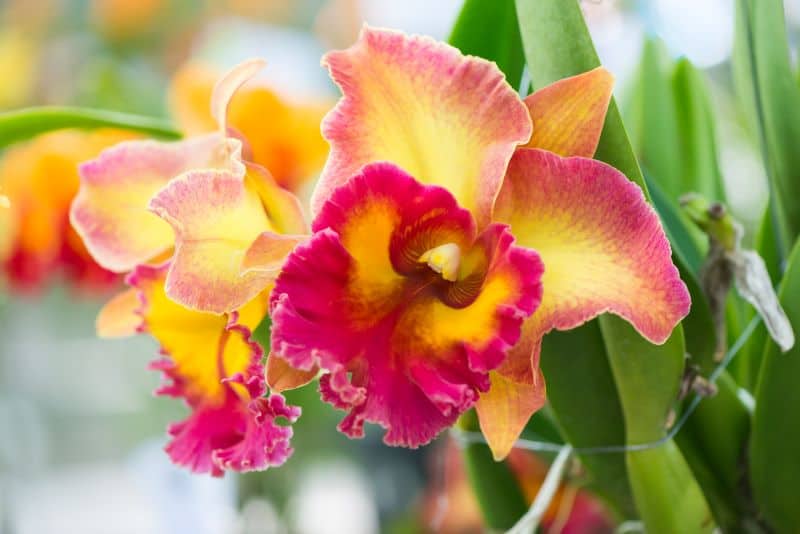
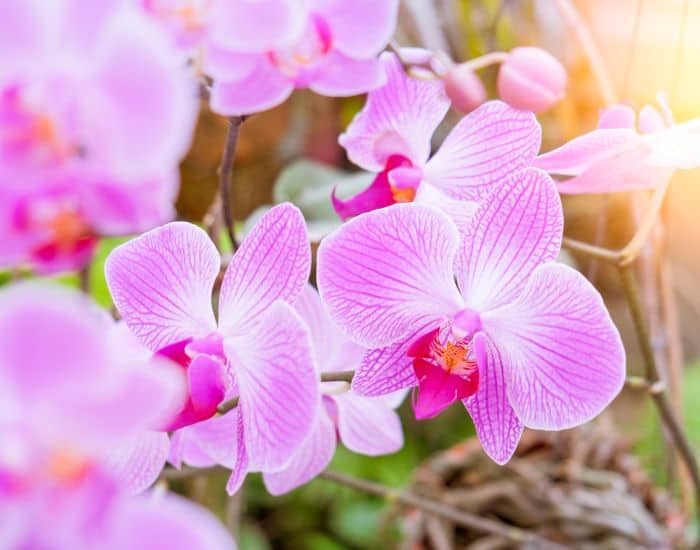
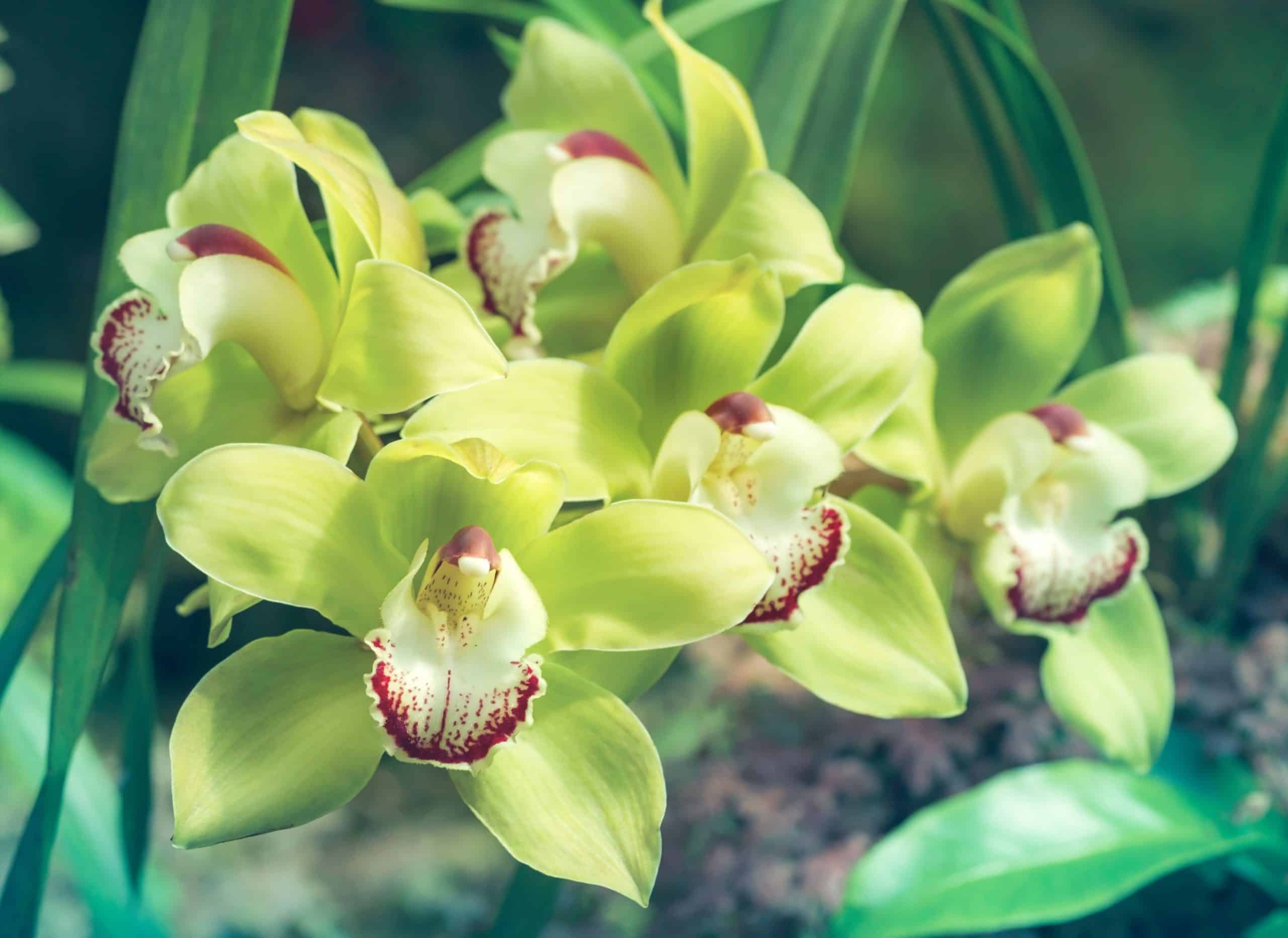

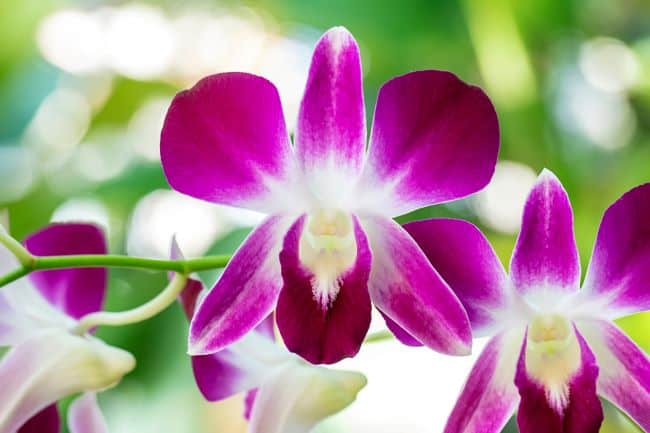

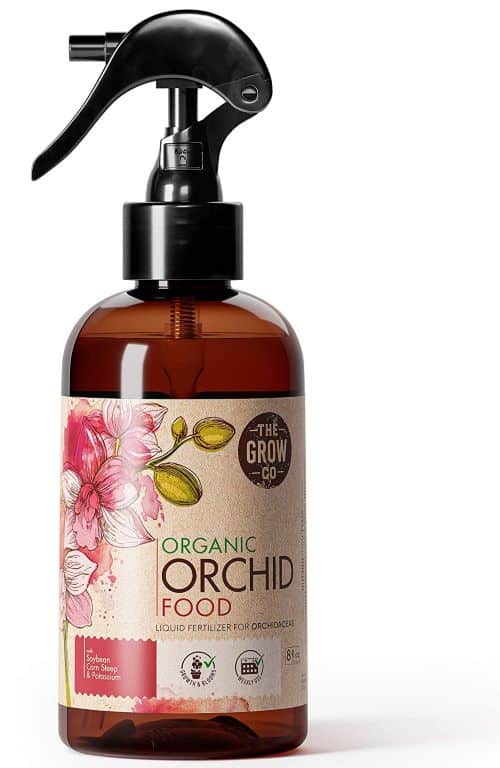

Leave a Reply